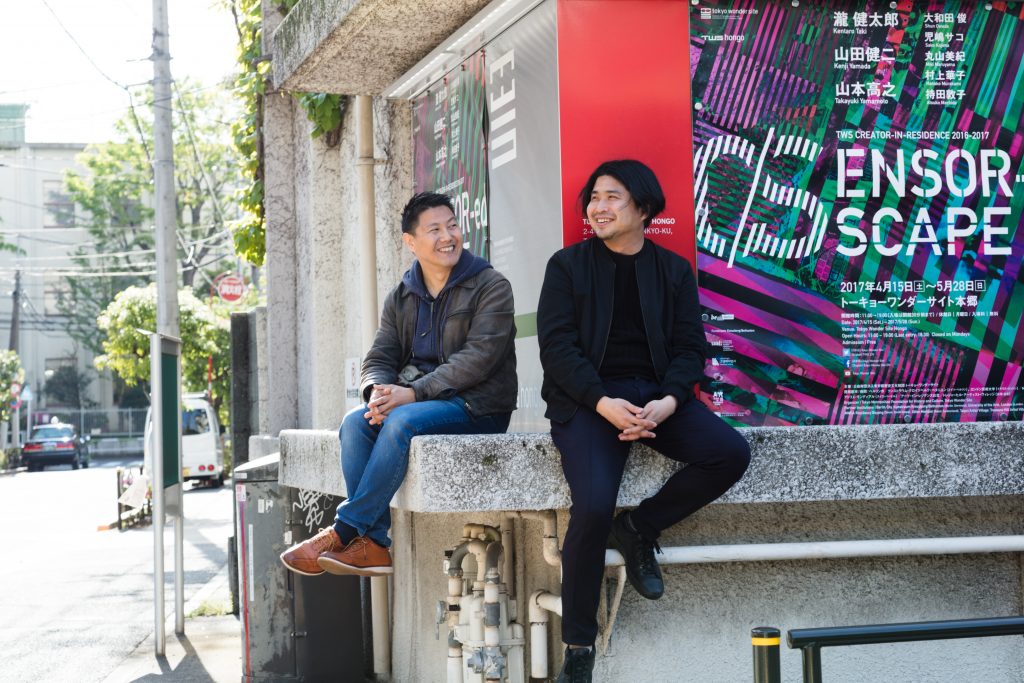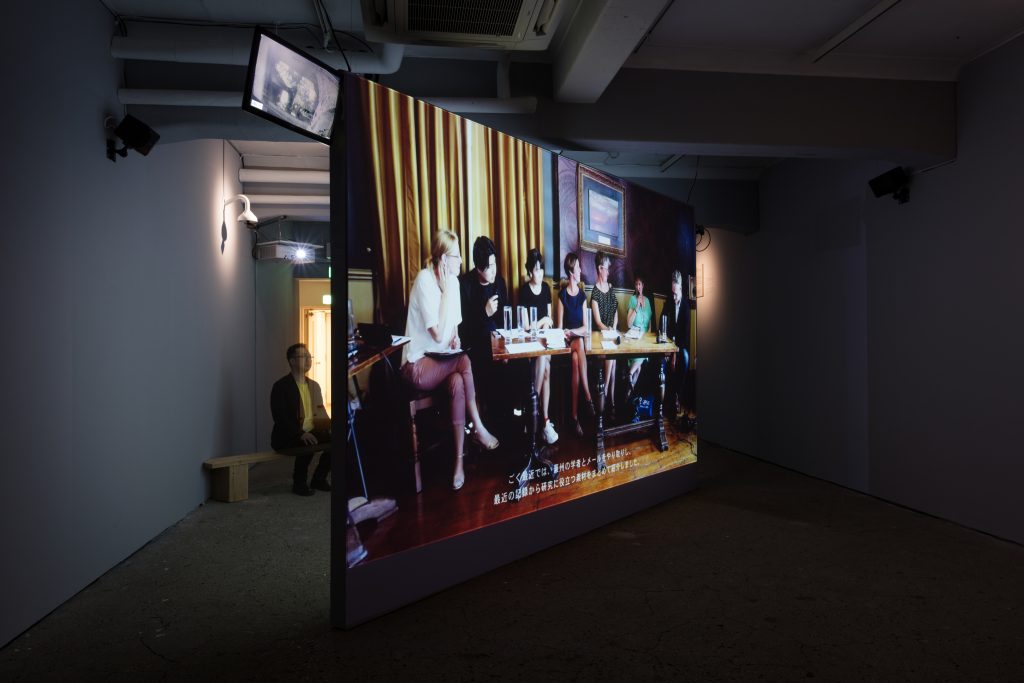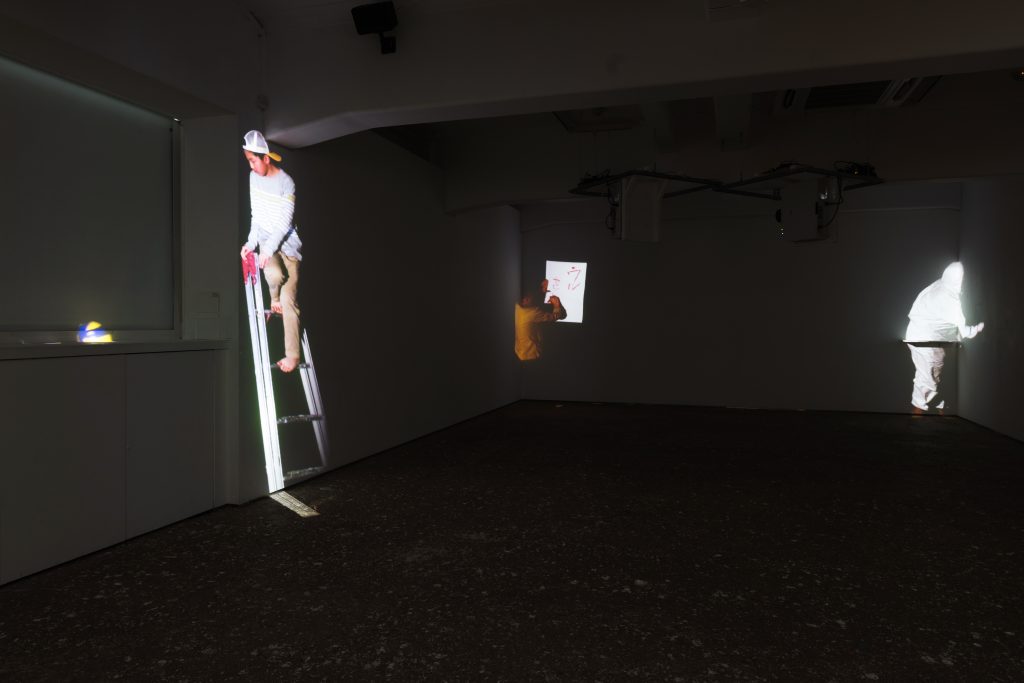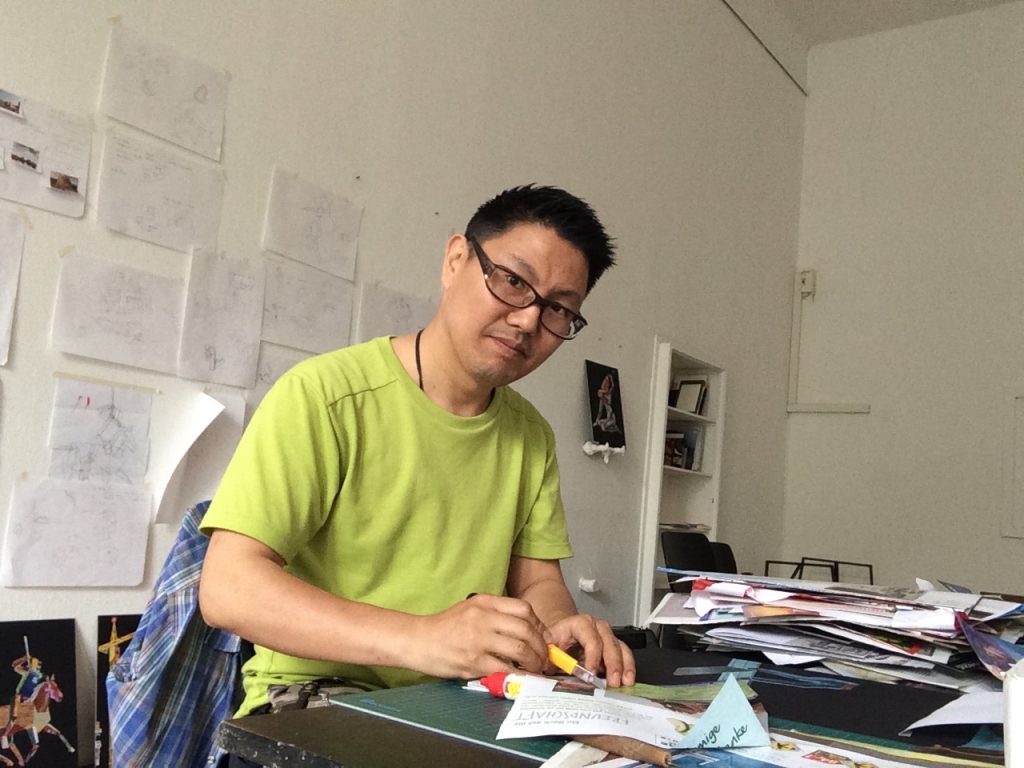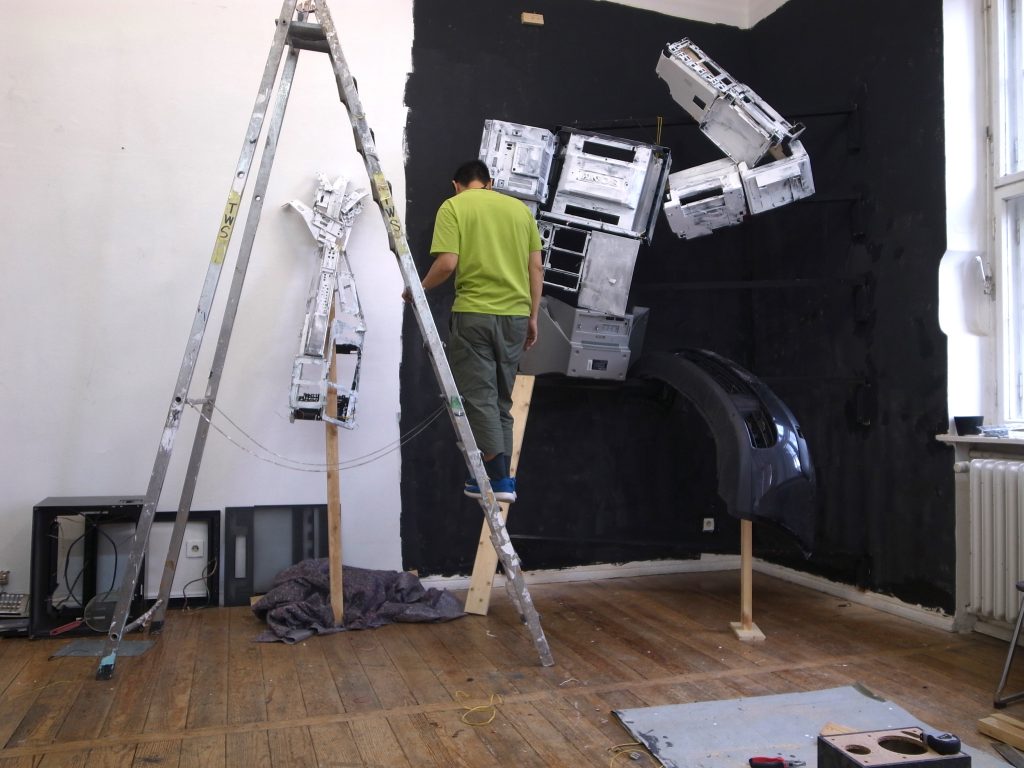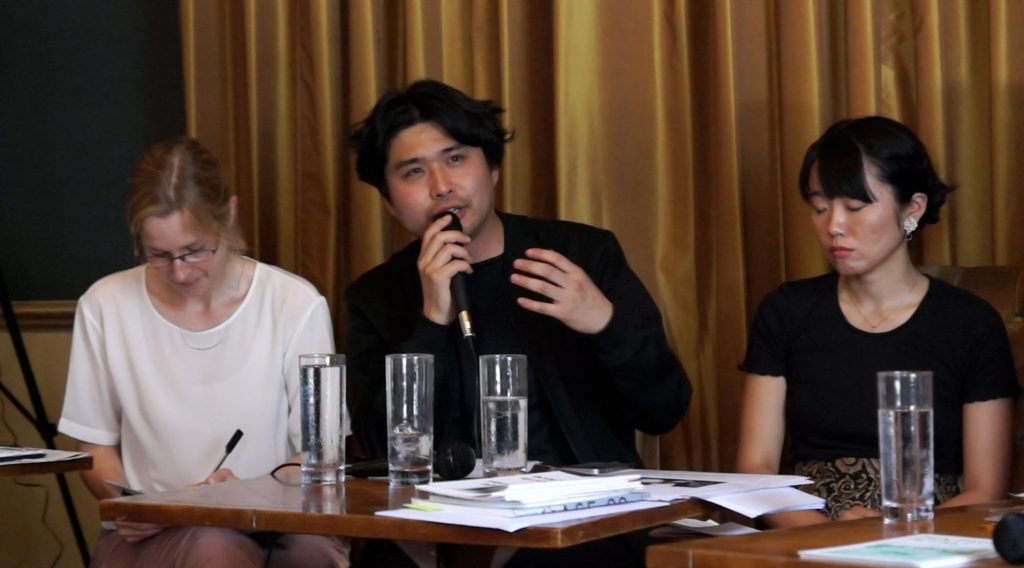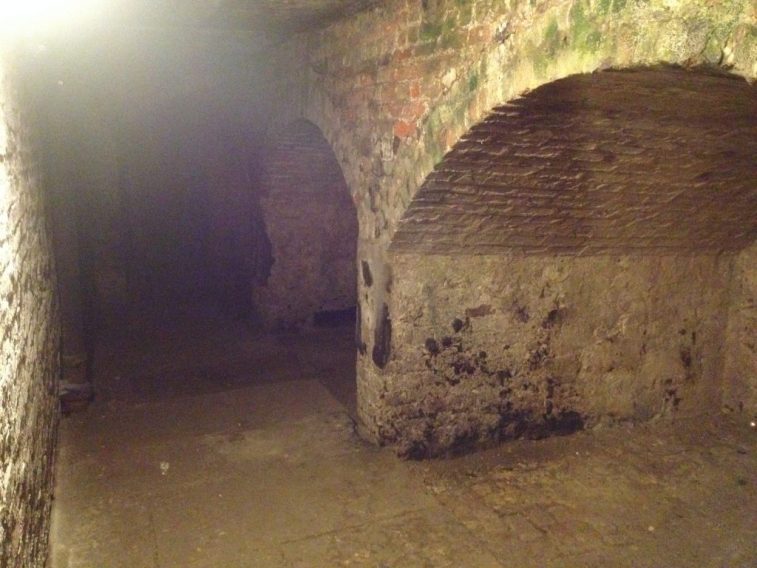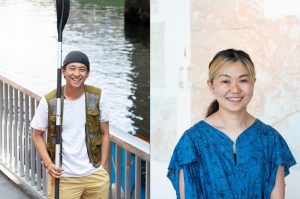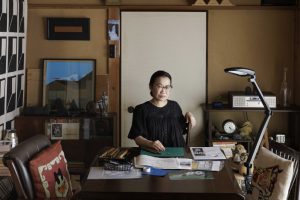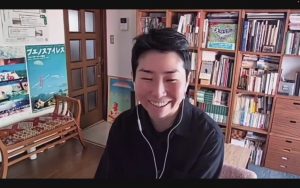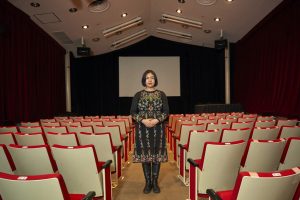Kenji Yamada (hereafter, Yamada): I learned that the CCW College of the University of Arts London offers a residency program jointly with TWS, so I applied. With the support of two public organizations, I was able to realize a project at Millbank, a former prison site. The work was exhibited at the Tokyo Wonder Site Residency 2016-2017 “C/Sensor-ed Scape” (April 15-May 28).
Kentaro Taki (hereafter, Taki): I engage with the local land and create my work there. In the past, my day job prevented me from doing long-term stays so I wasn’t able to do any in-depth research. But I since quit my job a few years ago, I decided to apply.
Yamada: TWS’s residency program does not require that you produce any work. You can use it to conduct research or find business opportunities.
Taki: I would return to my place of residency and record what happened that day, look things up on the Internet, and go back out for more research. By repeating this process, I was able to reconfirm the state of the world and the trends of the times.
Yamada: At the same time, there is benefits to creating work in Japan. Curators and critics in other countries look for things that can only be found in a particular place. How an artist does his work on a foundation he has built as the resident of the place he lives in, I believe, is an important factor when being evaluated by overseas sources.
Taki: Projects in Tokyo’s public spaces are challenging because they come with many restrictions, but in turn, they’re that much more rewarding.
In Japan, policies on art and culture have been in a state of “under construction” for a long time. This is probably why our attitudes toward survival are constantly being tested.


